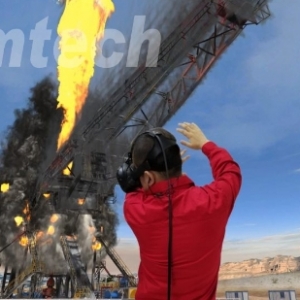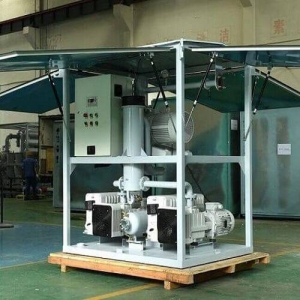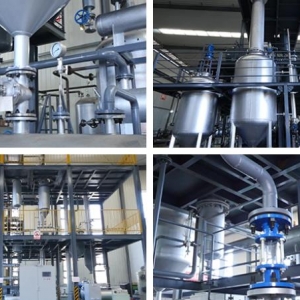When it comes to ensuring the safety and reliability of pressure vessels, pipelines, and other critical components, burst pressure testing is a fundamental procedure. Burst pressure tests involve subjecting a container or pipe to extreme pressures to assess its ability to withstand high-pressure conditions. To conduct such tests effectively, the choice between single and dual hydrostatic test pumps is a critical consideration.
Single Hydrostatic Test Pumps
A single hydrostatic test pump is a straightforward and cost-effective option for conducting burst pressure tests. It is a compact, standalone unit that generates hydraulic pressure for testing. Here are some key points to consider when using a single hydrostatic test pump:
- Simplicity: Single test pumps are known for their simplicity and ease of use. They are suitable for straightforward testing applications where minimal variability is acceptable.
- Cost-Effective: They are generally more affordable than dual pumps, making them an attractive choice for budget-conscious operations.
- Limited Pressure Range: Single test pumps may have limitations when it comes to generating high-pressure ranges. The maximum pressure they can achieve might not be sufficient for some demanding applications.
- Basic Controls: They typically offer basic controls and limited automation features. Operators must manually adjust pressure and monitor the test.
Dual Hydrostatic Test Pumps
Dual hydrostatic test pumps, on the other hand, offer a more advanced and versatile solution for burst pressure testing. They consist of two separate pumps and offer several advantages:
- Wide Pressure Range: Dual test pumps have a broader pressure range, allowing for higher pressures and a greater degree of flexibility in testing various components.
- Precision and Consistency: They provide more precise pressure control, ensuring that tests are conducted with high accuracy and consistency.
- Automation: Dual pumps often come with advanced automation features. These can include programmable pressure profiles, data logging, and remote control, which enhance efficiency and repeatability.
- Enhanced Safety: Dual test pumps are designed with advanced safety features to protect both equipment and operators during high-pressure tests.
- Suitable for Complex Testing: They are ideal for complex testing scenarios where precise control and high pressures are required, such as testing high-stress pipelines or critical pressure vessels.
Choosing the Right Option
The choice between single and dual hydrostatic test pumps depends on the specific needs of the testing application. Consider the following factors:
- Pressure Range: If the testing involves high-pressure applications, dual test pumps are the preferred choice due to their broader range.
- Complexity: For simple, straightforward tests where precision and automation are less critical, a single test pump may suffice.
- Budget: Evaluate your budget constraints. While dual pumps offer more features, they are often more expensive.
- Automation Needs: If you require automation, data logging, and advanced control features, a dual hydrostatic test pump is the better option.
In conclusion, selecting the right burst pressure test equipment is crucial for ensuring the safety and reliability of critical components. Consider the specific testing requirements and budget constraints to make an informed choice between single and dual hydrostatic test pumps. Whether opting for simplicity or advanced capabilities, the ultimate goal is to conduct accurate and safe burst pressure tests that adhere to industry standards and regulations.






